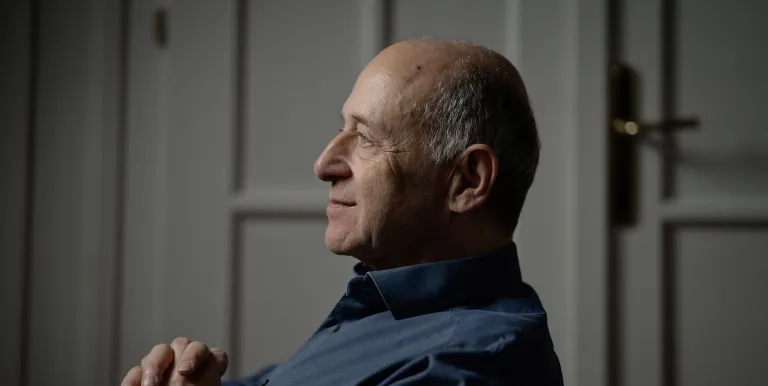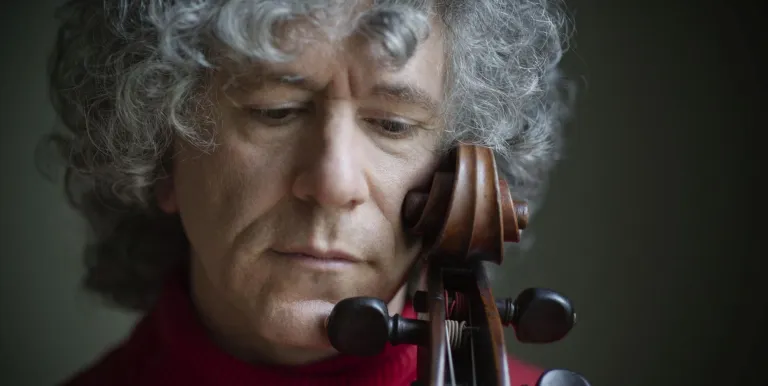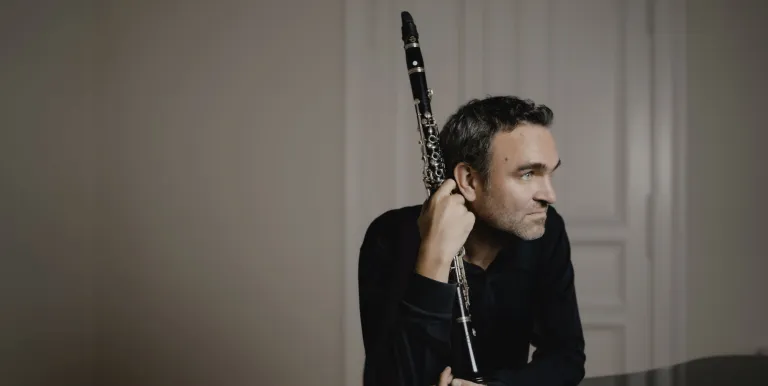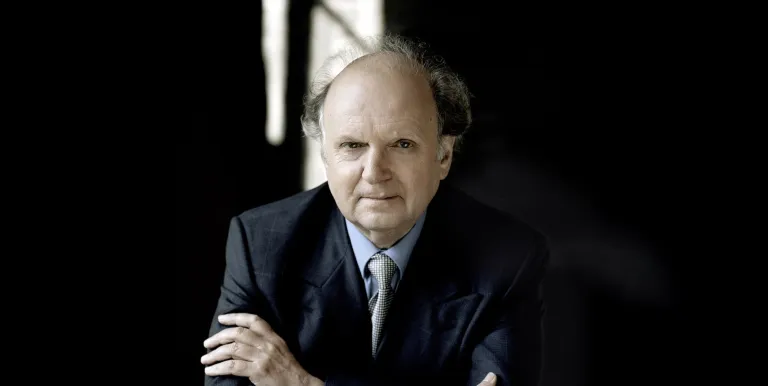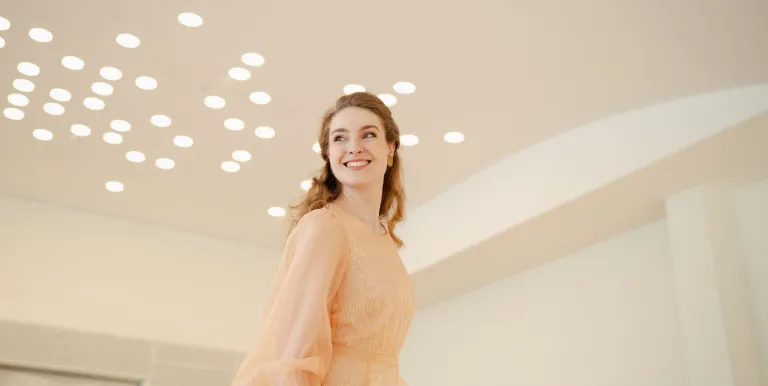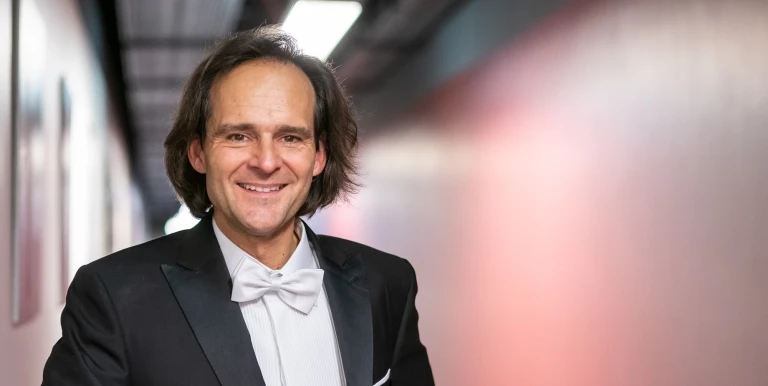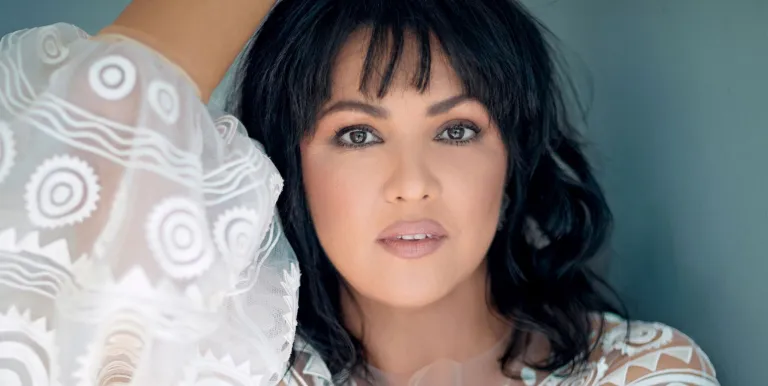one interval
Conductor:
Featuring:
Brahms
Hungarian Dance No. 21 in E minor
Brahms
Double Concerto in A minor, Op. 102
Brahms
Hungarian Dance No. 14 in D minor
Brahms
Symphony No. 4 in E minor, Op. 98
After their concert in February, the BFO will perform two more of Brahms’s Hungarian Dances, a challenging concerto and a symphony that explores the depth of the musical landscape in May. The violin solo is played by Veronika Eberle on a 1693 Stradivarius, the sound of which, according to a Bachtrack reviewer, “is like a warm sunbeam breaking through the clouds.” Her partner is the multi-faceted legend and Gramophone Hall of Fame member, Steven Isserlis, who refers to himself as a cellist, author, and a general explorer and fan of all things music.
The 21 Hungarian Dances is the most widely known series of the Brahms oeuvre. The composer’s violinist friend, Ede Reményi, introduced him to Hungarian urban Gypsy music, and the genres of csárdás and verbunkos. The piano pieces for four hands, which Brahms called arrangements, are better known today in their orchestral versions. With its nimble tempo, rich ornamentation, and the prominent role of the flute, the 21st Hungarian Dance is reminiscent of virtuoso folk recorder playing. The 14th piece in the series is one of the few dances in which Brahms did not use any borrowed melodies. It is slow, elegant music that resembles a palotás, a Hungarian court dance.
“I was struck with the amusing idea of writing a concerto for violin and cello,” Brahms wrote to Clara Schumann. The Double Concerto is a gesture of reconciliation towards Joseph Joachim, who harboured anger towards him. The piece, in which the cello solo symbolises Brahms and the violin solo Joachim, achieved the desired effect. The two figures reengaged in dialogue and found harmony with one another both in the music and in life.
Brahms feared that the dramatic, serious tone of his Symphony No. 4 would be poorly received. However, the premiere conducted by the composer was a great success, and two movements were repeated with the Meiningen orchestra. In the first movement, a simple motto-like theme and a rhythmic melody weave an increasingly complex web. The classical sonata form is followed by a slow movement using medieval Phrygian tonality, in which the melody considered to be Brahms’s most beautiful is played. The composer unleashes his sense of humor in the scherzo by enhancing the cheerful mood with the tinkling of the triangle. The finale, written in the form of a Baroque chaconne, builds on a Bach bass melody, adding increasingly intricate variations to bring the piece to a painful end.
Presented by: Budapesti Festival Orchestra
-
We wish to inform you that in the event that Müpa Budapest's underground garage and outdoor car park are operating at full capacity, it is advisable to plan for increased waiting times when you arrive. In order to avoid this, we recommend that you depart for our events in time, so that you you can find the ideal parking spot quickly and smoothly and arrive for our performance in comfort. The Müpa Budapest underground garage gates will be operated by an automatic number plate recognition system. Parking is free of charge for visitors with tickets to any of our paid performances on that given day. The detailed parking policy of Müpa Budapest is available here.

